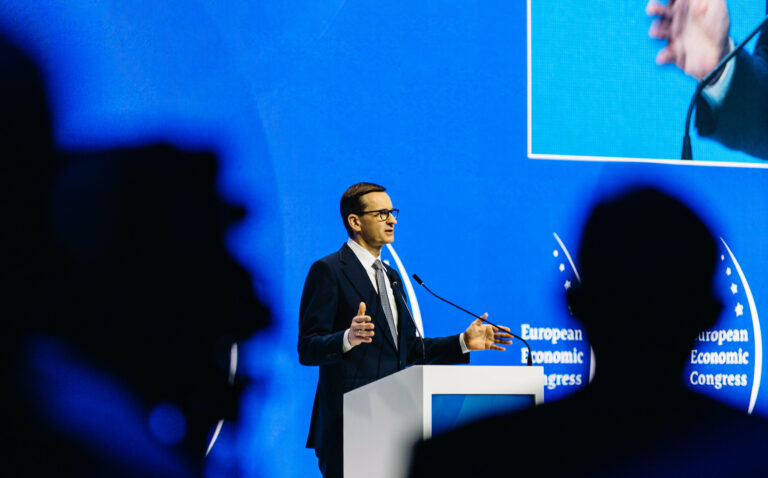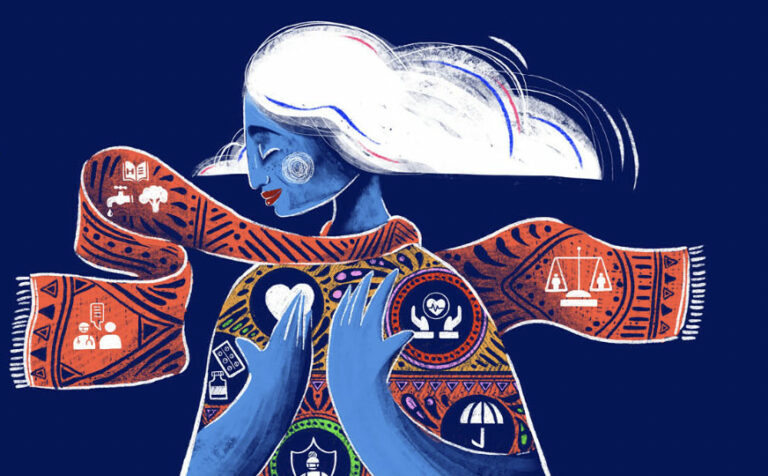
Blog: Uncovering the unique identities and challenges facing Crimean Karaites and Krymchaks
The Crimean Peninsula is home to many different ethnic groups including the small, little-known Karaite and Krymchak communities. Karaites and Krymchaks are Jews who share a common past and culture, but who differ greatly in their religious beliefs and traditions. According to the last state statistics from the 2001 census, there were just 418 Karaites and 357 Krymchaks in Crimea. However, it is likely that these numbers have decreased since then due to the Russian occupation of Crimea.
Crimean Karaites are Turkic-speaking Jews who practice a type of Judaism that is fundamentally different from mainstream Judaism. For the Karaites, the Hebrew Bible is the only source of religious legislation and they reject the Talmud and other Rabbinic writings. In this respect they differ significantly from traditional Judaism, which has over the centuries evolved its own legal traditions and interpretations that are now a central part of the faith.
The other small minority, the Krymchaks, are descended from a Turkic people known as the Khazars, who converted to Judaism in the eighth or ninth century. However, the Krymchaks, unlike the Karaites, adhere to conventional Rabbinical laws and practices, and despite some differences in their beliefs and traditions, are therefore aligned more closely with traditional Judaism.
Being a Jew myself, I found it particularly interesting to learn about these differences and where these communities depart from traditional Judaism. Even though I was acquainted with the various branches of Judaism practised around the globe, I had never come across a Jewish community that did not accept the Talmud and other Rabbinic writings. The Karaite interpretation of Jewish law and its dependence on the Hebrew Bible is an illustration of the rich variety found within the Jewish faith, and learning about it made a deep impression on me.
But despite their theological differences, the Karaites and Krymchaks, unfortunately, have a lot in common, having both experienced difficulties and persecution over the years. Most recently, during the 20th century, they experienced significant discrimination at the hands of successive foreign invaders. During World War II, many members of the community perished when the Nazis targeted both groups for elimination. The Krymchaks in particular saw almost 75% of their population killed during the Holocaust. After the end of the war, the Soviet authorities forcibly deported Karaites and Krymchaks from the Crimean Peninsula to other parts of the Soviet Union. Despite this, they have successfully managed to retain their unique identities and traditions, while also interacting with the larger Jewish and non-Jewish communities nearby. After the collapse of the Soviet Union, most of the Krymchaks and Karaites either decided to emigrate to Israel or to return to Crimea. According to the last state statistics from the 2008 census, there were approximately 25,000 Karaites and 600 Krymchaks in Israel.
Both communities, which used to live for centuries in Crimea, have inevitably been influenced by the various peoples and empires that have controlled the Crimean Peninsula over the centuries. The Karaites, for example, was mostly influenced by Turkish and Tatar cultures, while the Krymchaks were mostly influenced by Russian and Ukrainian cultures.
Since the Russian temporary occupation of Crimea in 2014, the Karaites and Krymchaks have faced increased oppression. Russian officials have cracked down on dissent and repressed minorities’ cultures and languages in the peninsula, including those of the Karaites and Krymchaks. There have been numerous reports of discrimination and harassment.
Yet, despite the difficulties they face, the Karaites and Krymchaks of Crimea remain resilient and continue celebrating their distinctive identities and traditional practices. As a Jew, I found it fascinating to discover the many diverse ways that different communities practice Judaism – a discovery that helped me appreciate more fully the depth, richness, and intricacy of my own Jewish heritage. It is vital that a way is found to preserve their traditions and religious practices and to support their way of life in the face of ongoing destruction by the Russian Federation.
Author: Ariel Katsev (YEA from Ukraine)
Peer-reviewed by: Atyia Al-Hammud (YEA from Ukraine)
This blog post was produced in collaboration with the Dialogue Initiative EU-Ukraine Working Group’s “Crimean History and Culture” series
LATEST

How you can help the planet every day

Building Europe: Poland’s experience of joining the European Union and lessons for Ukraine

World Health Day 2024: My Health, My Right

EUREKA MEETS EUROPE – opportunities to develop and study. My experience

Can you wear pink in the workplace?
More campaign pages:
Interested in the latest news and opportunities?
This website is managed by the EU-funded Regional Communication Programme for the Eastern Neighbourhood ('EU NEIGHBOURS east’), which complements and supports the communication of the Delegations of the European Union in the Eastern partner countries, and works under the guidance of the European Commission’s Directorate-General for Neighbourhood Policy and Enlargement Negotiations, and the European External Action Service. EU NEIGHBOURS east is implemented by a GOPA PACE-led consortium. It is part of the larger Neighbourhood Communication Programme (2020-2024) for the EU's Eastern and Southern Neighbourhood, which also includes 'EU NEIGHBOURS south’ project that runs the EU Neighbours portal.

The information on this site is subject to a Disclaimer and Protection of personal data. © European Union,